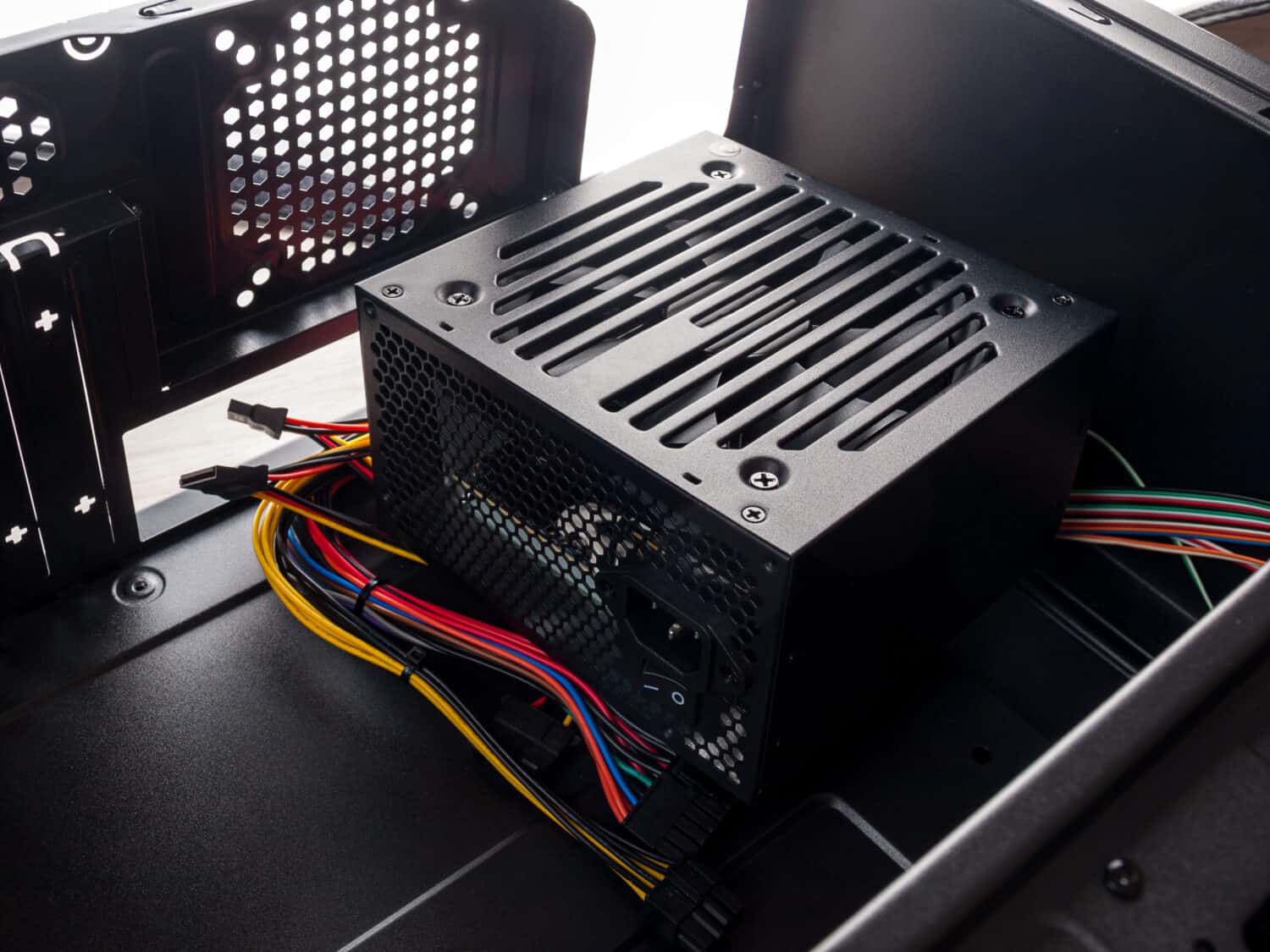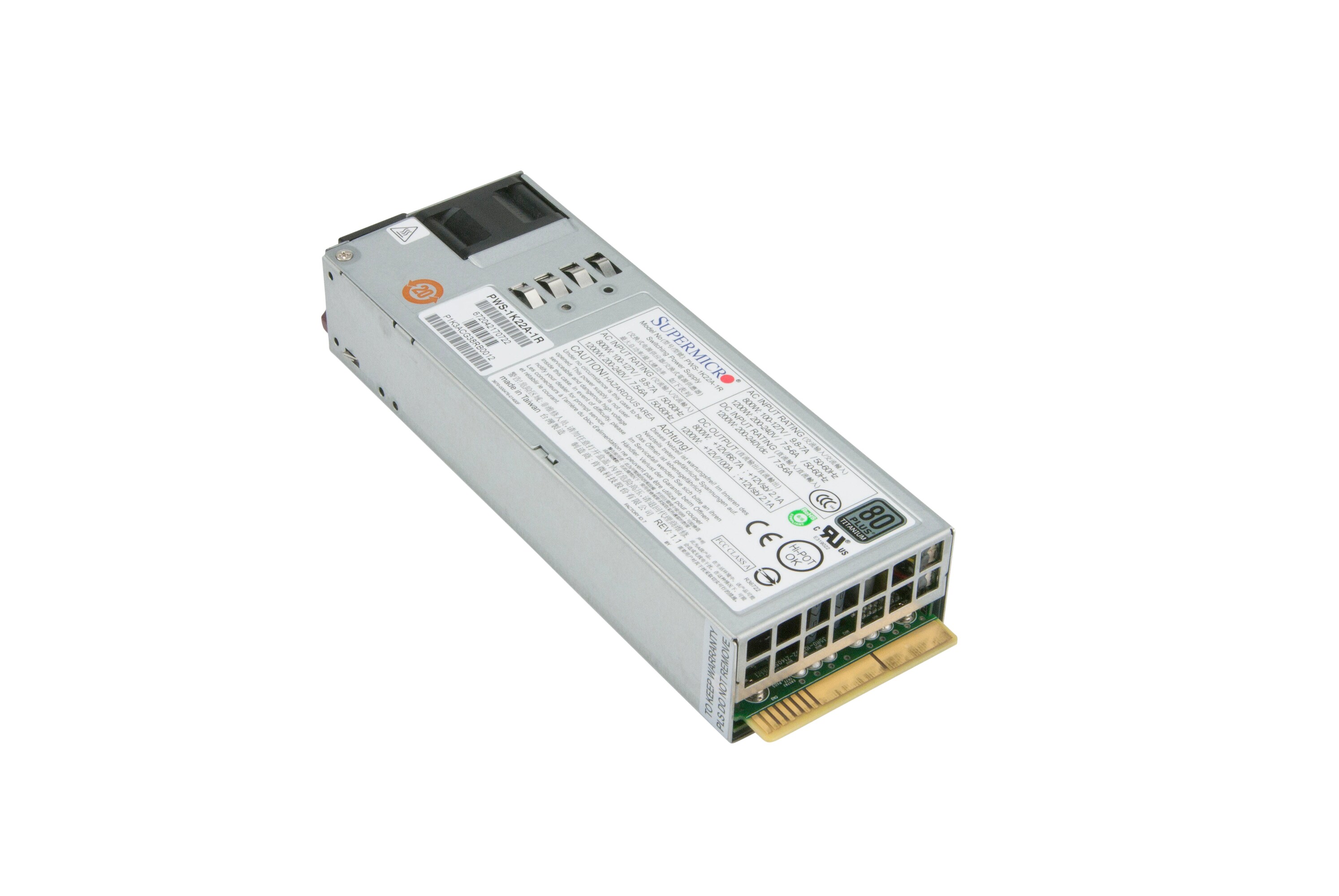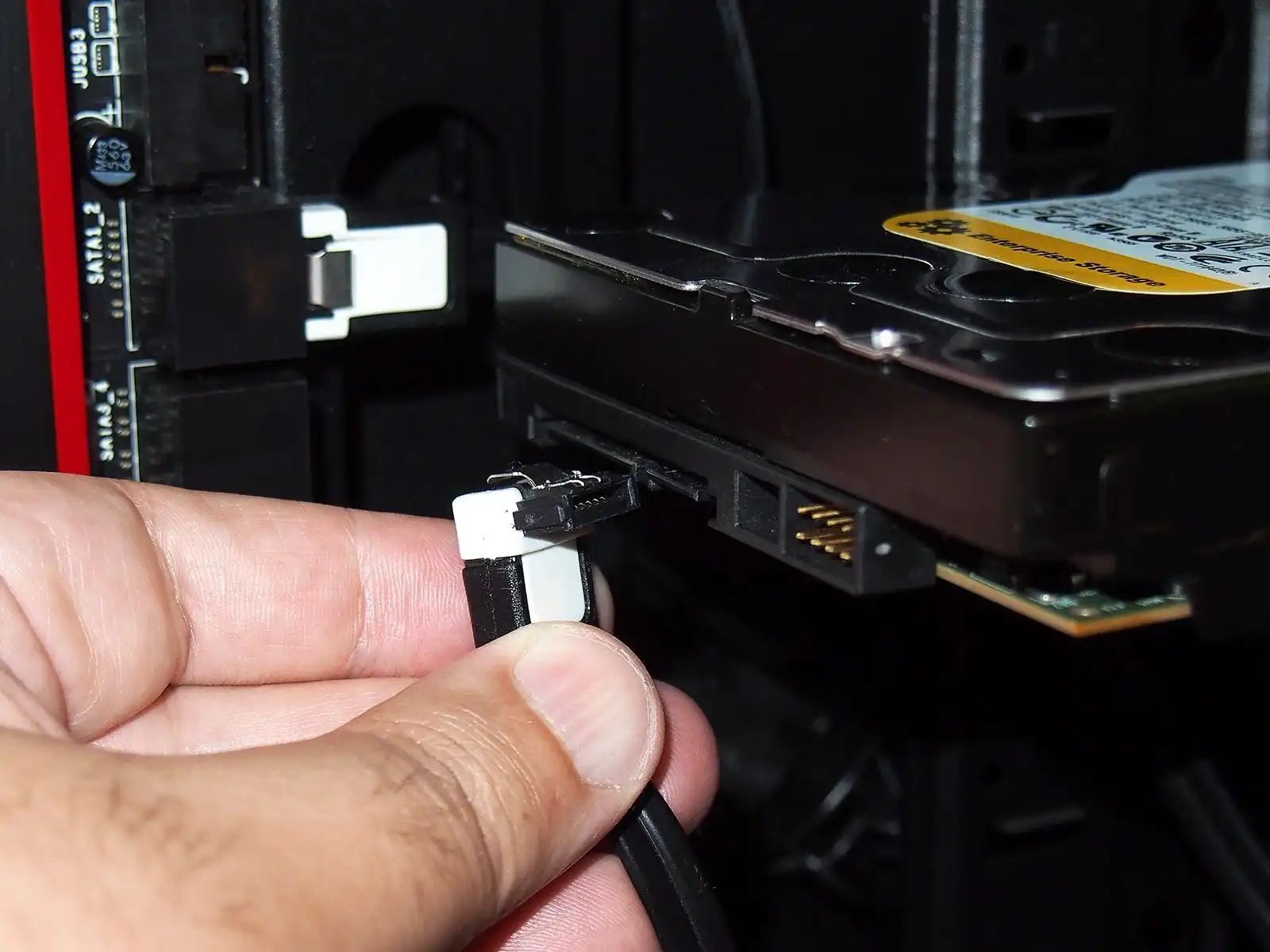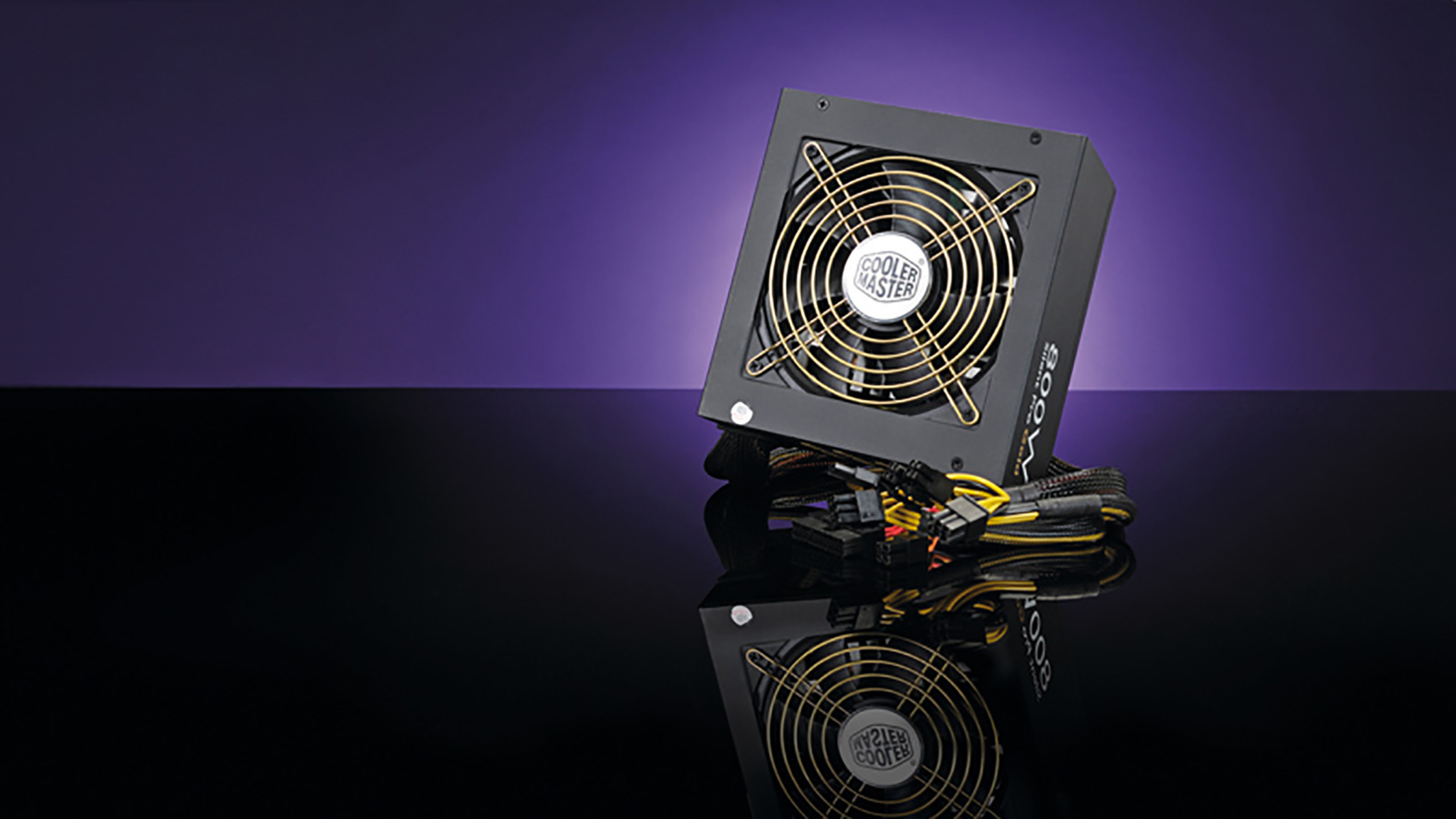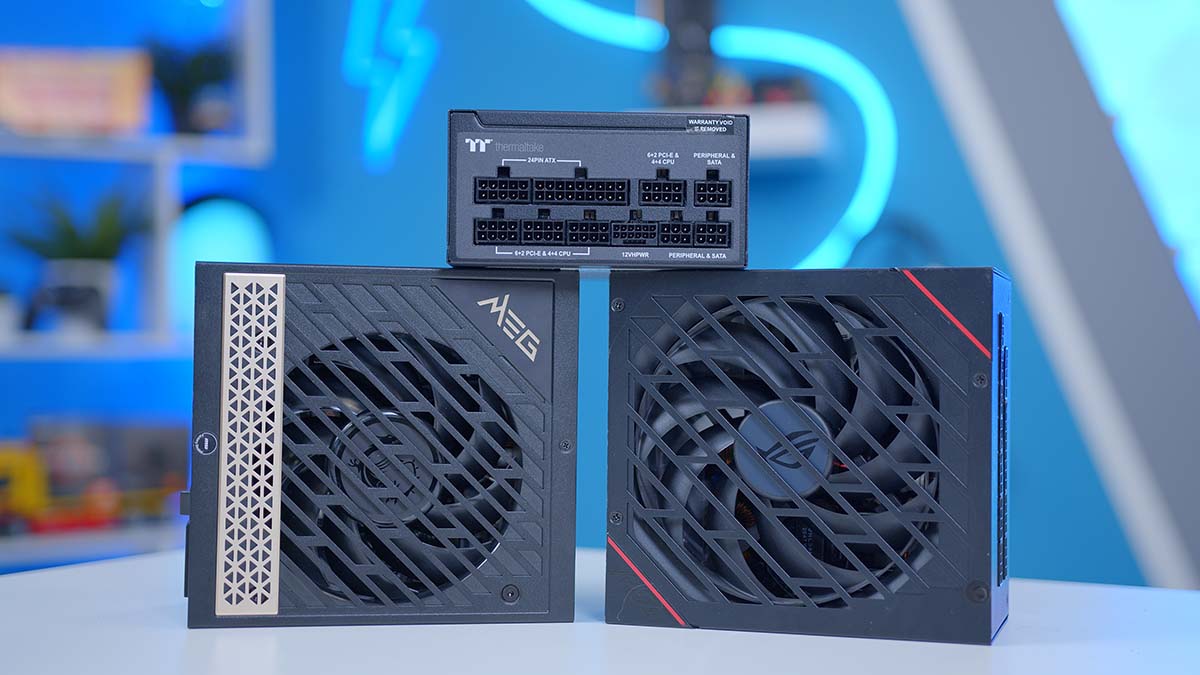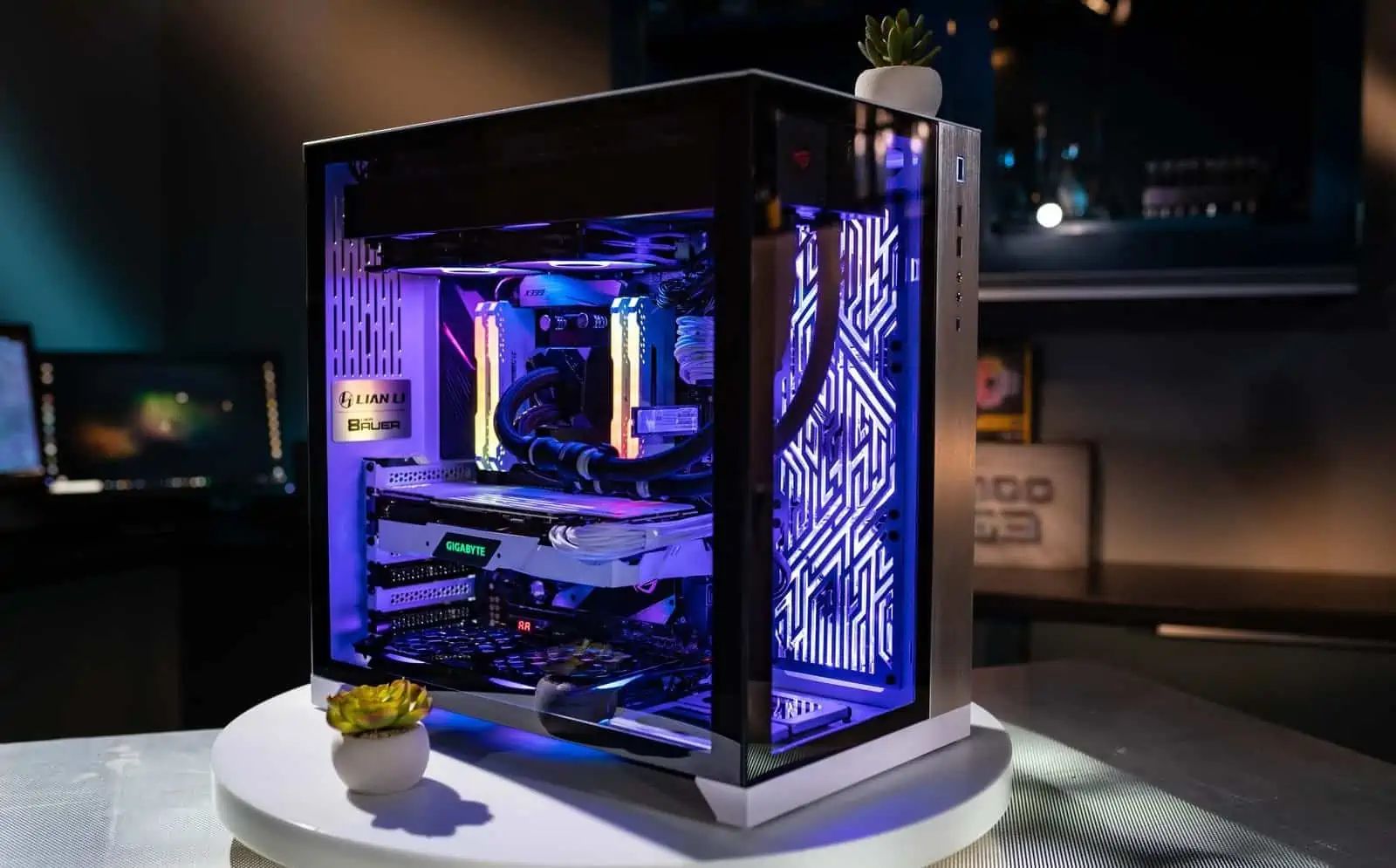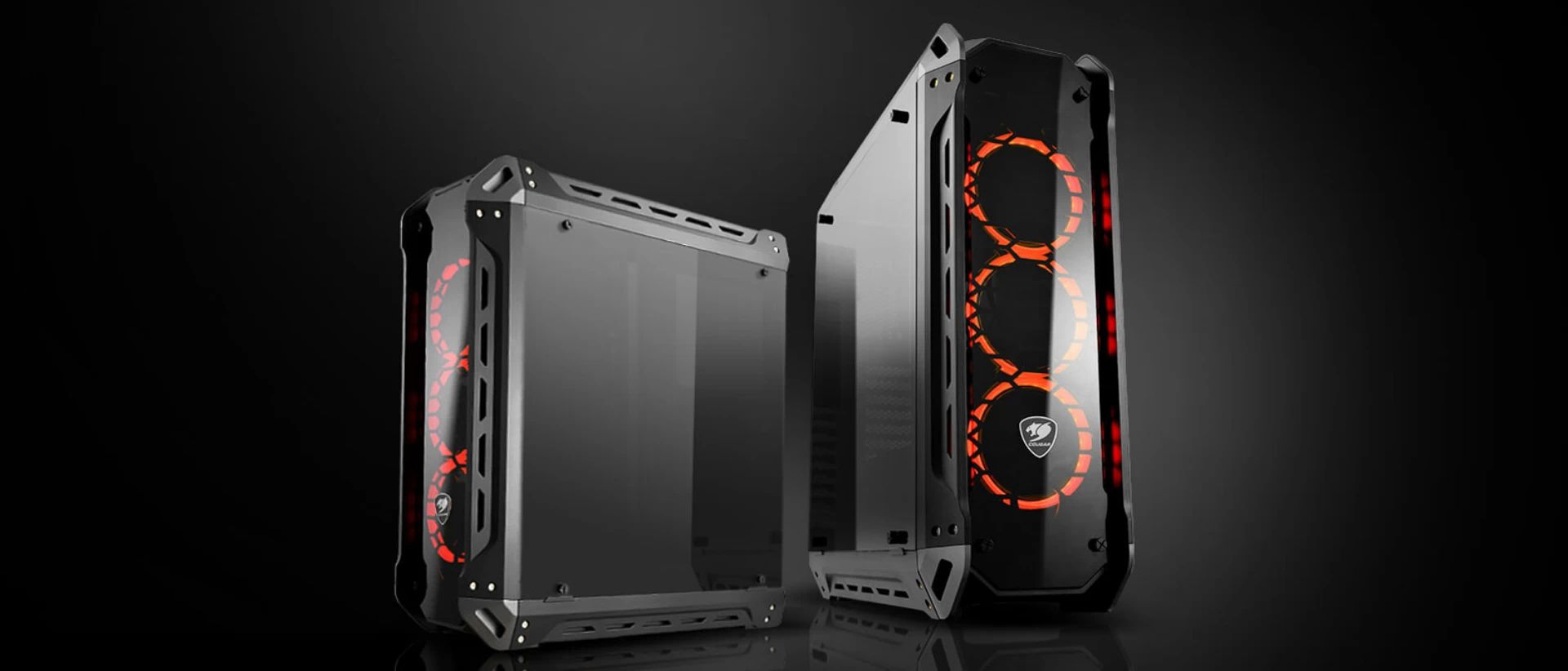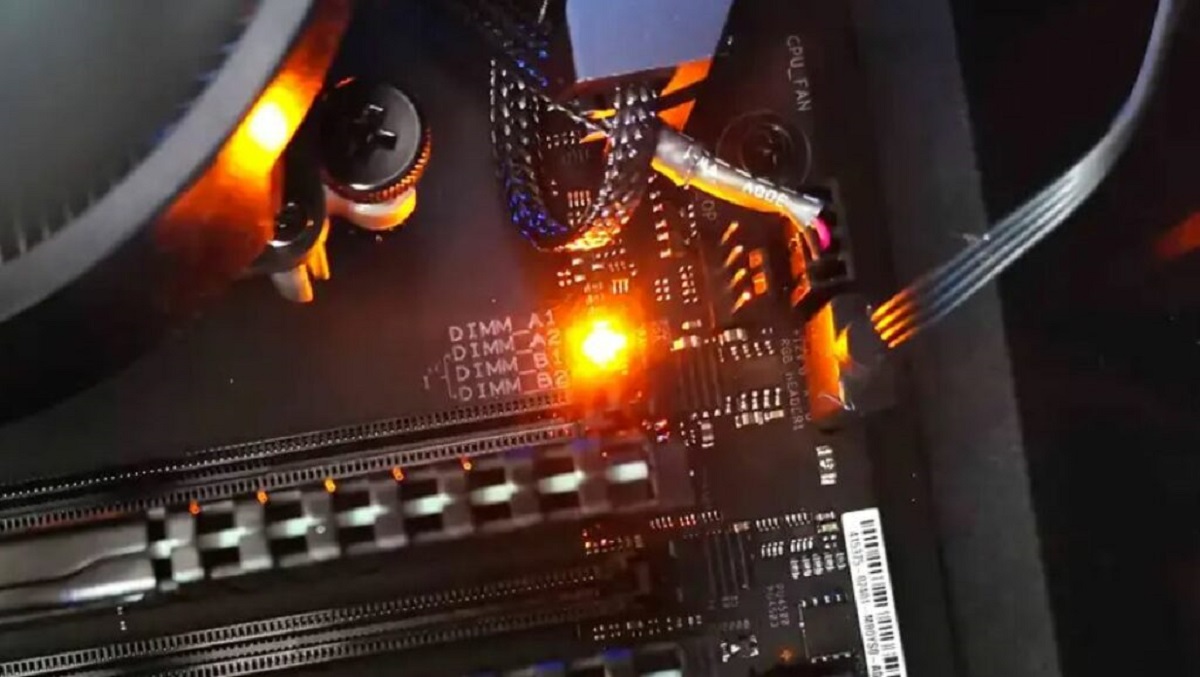The Importance of Breathing Room for a PSU
When it comes to the proper functioning and longevity of a power supply unit (PSU), providing adequate breathing room is of utmost importance. The PSU is responsible for converting electrical power from the outlet into the appropriate voltage levels needed by the various components within a computer system. However, it generates heat during this process, which can be detrimental if not properly dissipated.
Proper ventilation and airflow around the PSU are crucial for maintaining optimal operating temperatures. Without sufficient breathing room, the PSU can overheat, leading to a variety of issues that can negatively impact the performance and lifespan of both the PSU itself and other components.
One of the main reasons why breathing room is essential for a PSU is heat dissipation. When a PSU operates under load, it generates heat. If this heat is not effectively removed, it can build up and cause the PSU to overheat. Excessive heat can not only affect the efficiency and stability of the PSU but also decrease its overall lifespan. By providing sufficient breathing room, you allow the PSU to dissipate heat adequately, helping to prevent overheating and potential damage.
In addition to heat dissipation, sufficient breathing room also helps in reducing the accumulation of dust and debris. Dust particles can easily find their way into computer systems and settle on components, including the PSU. Over time, this buildup can impede proper airflow and cause the PSU to operate at higher temperatures. By maintaining enough space around the PSU, you allow for better airflow and minimize the likelihood of dust accumulation, leading to improved performance and longevity.
Another aspect to consider is the noise level associated with a PSU. When a PSU operates under high load conditions or runs at higher temperatures, it may need to activate its cooling fans more frequently or at higher speeds, resulting in increased noise. By ensuring adequate breathing room, you help to keep the PSU operating at lower temperatures, reducing the need for excessive fan usage and ultimately minimizing the noise produced.
Overall, providing sufficient breathing room for a PSU is of vital importance. It allows for proper heat dissipation, reduces the accumulation of dust and debris, and helps to maintain lower noise levels. Neglecting to provide adequate space around the PSU can lead to overheating, decreased performance, shorter lifespan, and increased noise levels. Therefore, when designing or assembling a computer system, it is crucial to consider and implement the recommended guidelines for PSU breathing room to ensure optimal performance and longevity.
Factors to Consider When Determining Breathing Room for a PSU
When determining the appropriate amount of breathing room for a power supply unit (PSU), several factors need to be taken into consideration. By understanding these factors, you can ensure that your PSU has the necessary space to operate efficiently and maintain optimal temperatures.
1. PSU Wattage: The wattage of the PSU plays a crucial role in determining how much breathing room it needs. Higher wattage PSUs tend to generate more heat and require more space for proper heat dissipation. Therefore, if you have a high-wattage PSU, it is important to provide ample space around it to prevent overheating.
2. Case Design: The design and layout of the computer case can impact the amount of breathing room required for the PSU. Cases with good airflow and ventilation systems will naturally provide better cooling for the PSU. On the other hand, cases with poor airflow or cramped interiors may necessitate additional space around the PSU to compensate for the lack of adequate airflow.
3. Component Placement: The placement of other components within the computer system can affect the PSU’s breathing room. If components like the CPU, GPU, or hard drives are located near the PSU, they can generate heat that adds to the overall thermal load. In such cases, it is crucial to maintain sufficient space between the PSU and these heat-generating components to prevent heat buildup.
4. Environmental Factors: The environmental conditions in which the computer system operates should also be taken into account. If the system is placed in a confined space or an area with poor ventilation, it can impact the PSU’s ability to dissipate heat effectively. Additionally, factors such as ambient temperature and humidity levels can further influence the cooling requirements for the PSU.
5. Overclocking and High-Performance Systems: Overclocking or building high-performance systems can significantly increase the heat output of the components, including the PSU. In such cases, it is advisable to allocate more breathing room to the PSU to accommodate the higher thermal load generated by the system.
By considering these factors, you can determine the optimal amount of breathing room required for your PSU. It is important to strike a balance between providing sufficient space for heat dissipation and maintaining the structural integrity of the computer case. Remember that inadequate breathing room can lead to overheating, reduced performance, and potential damage to the PSU and other components. Therefore, be sure to assess these factors when configuring your computer system to ensure optimal PSU cooling and longevity.
Recommended Minimum Breathing Room for a PSU
When it comes to providing adequate breathing room for a power supply unit (PSU), there are some recommended guidelines to ensure optimal cooling and performance. While the specific requirements may vary depending on factors such as PSU wattage, case design, and component placement, it is essential to follow these general recommendations as a starting point.
1. Clearance on All Sides: It is generally recommended to leave a clearance of at least 1-2 inches (2.5-5 centimeters) on all sides of the PSU. This allows for proper airflow around the unit and helps dissipate heat effectively. The clearance can be more if your PSU is rated for higher wattage or if you have a compact or small form factor computer case with limited airflow.
2. Top and Bottom Clearance: Proper airflow is also crucial for the top and bottom of the PSU. As heat rises, it is important to have clearance above the PSU to allow hot air to dissipate. Similarly, providing a gap between the PSU and the bottom of the case will prevent heat from being trapped and aid in efficient cooling.
3. Front-to-Back Clearance: In cases where the PSU fan intake is located at the back, it is advisable to have clear front-to-back airflow. This can be achieved by ensuring there is enough space at the front of the case for cool air intake and that the back is not obstructed by cables, components, or walls.
4. Cable Management: Proper cable management can greatly contribute to maintaining sufficient breathing room for the PSU. Ensure that cables are neatly organized and do not block the airflow path, obstruct the PSU fan, or impede heat dissipation. Using cable ties, clips, or cable management solutions can help keep cables tidy and away from the PSU.
5. Ventilation and Case Fans: In addition to the space around the PSU, it is essential to have a well-ventilated computer case with efficient case fans. The case fans work in conjunction with the PSU fans, aiding in proper airflow throughout the system. Good airflow will assist in dissipating heat generated by all components, including the PSU.
While these recommendations serve as a general guideline, it is important to consult the specific guidelines provided by the PSU manufacturer and consider the characteristics of your computer system. Some PSUs may have specific recommendations for clearance or airflow, and not following them might void the warranty.
Remember that providing ample breathing room for the PSU will aid in temperature regulation, reduce the risk of overheating, prolong the lifespan of the PSU, and contribute to overall system stability and performance.
Consequences of Inadequate Breathing Room for a PSU
When a power supply unit (PSU) lacks sufficient breathing room, it can lead to a variety of consequences that negatively impact its performance, stability, and lifespan. Understanding these consequences highlights the importance of providing adequate space around the PSU for proper cooling and heat dissipation.
1. Overheating: One of the primary consequences of inadequate breathing room is overheating. When the PSU does not have enough space for proper airflow and heat dissipation, the internal temperature can rise to dangerous levels. Overheating can cause the PSU’s components to degrade more quickly, leading to decreased efficiency and potential failures.
2. Reduced Efficiency: Inadequate breathing room can also result in reduced efficiency of the PSU. When the PSU operates at higher temperatures due to restricted airflow, the internal components may not function optimally. This can lead to higher power consumption, decreased voltage regulation, and overall lower energy efficiency.
3. Decreased Lifespan: Continuous operation under high temperatures can significantly shorten the lifespan of a PSU. Heat is a major factor contributing to component degradation and electrical stress. With insufficient breathing room, the PSU is subjected to constant thermal stress, which can lead to premature failure and the need for a replacement sooner than expected.
4. System Instability: Inadequate cooling due to limited breathing room can lead to system instability. Heat buildup can cause the PSU to operate outside its safe temperature range, resulting in unexpected shutdowns, system crashes, and other issues. High temperatures can also affect the stability of other components in the computer system, leading to overall reduced performance and potential data loss.
5. Increased Noise: Insufficient breathing room can lead to increased noise levels from the PSU. When the PSU operates at higher temperatures, the cooling fans may need to run at higher speeds or activate more frequently to compensate for the lack of proper cooling. This results in louder fan noise, which can be disruptive and irritating, particularly in quieter environments.
It is crucial to understand that the consequences of inadequate breathing room for a PSU are not limited to the PSU itself. Overheating and instability can impact other components in the computer system, such as the CPU, GPU, and motherboard. It is a cascading effect that can jeopardize the overall performance and longevity of the system.
To mitigate these consequences, it is imperative to provide sufficient space around the PSU for proper airflow and cooling. Following the recommended guidelines and ensuring a well-ventilated computer case can help prevent these issues and ensure the optimal functioning and lifespan of the PSU and the entire system.
How to Ensure Adequate Breathing Room for a PSU
Ensuring adequate breathing room for a power supply unit (PSU) is crucial for maintaining optimal performance and longevity. Here are some key steps you can take to ensure proper airflow and cooling for your PSU:
1. Choose the Right Case: When selecting a computer case, opt for one with good ventilation and airflow. Look for cases that have ample fan mounts, mesh panels, and proper airflow channels. This will facilitate the movement of cool air into the case and the expulsion of hot air, promoting efficient cooling for the PSU.
2. Position the PSU Correctly: Pay attention to the positioning of the PSU within the case. Most cases have specific designated areas for PSU installation, such as at the top or the bottom. Ensure that you correctly position the PSU according to the case’s specifications to maximize airflow and heat dissipation.
3. Leave Clearance on All Sides: Provide sufficient clearance around the PSU by leaving at least 1-2 inches (2.5-5 centimeters) of space on all sides. This allows for adequate air circulation and prevents heat buildup. Be mindful of any components or cables that may obstruct the airflow and adjust their placement accordingly.
4. Manage Cable Placement: Keep your cable management in check to avoid obstructing the airflow around the PSU. Use cable ties, clips, and other cable management solutions to secure and organize cables away from the PSU fan and air intake areas. This will help maintain smooth airflow and prevent heat buildup caused by tangled cables.
5. Consider Additional Case Fans: In situations where the PSU’s ventilation is dependent on case airflow, consider installing additional case fans to enhance the cooling effect. Strategically placing fans to provide targeted airflow towards the PSU can help lower temperatures and improve overall system cooling.
6. Regularly Clean and Dust: Dust accumulation can impede airflow and hinder cooling efficiency. Regularly clean and remove dust from the case, especially around the PSU area. Use compressed air or a soft brush to gently remove dust from the PSU fan and vent openings, ensuring unrestricted airflow and efficient cooling.
7. Monitor Temperatures: Keep an eye on the temperatures of your PSU using monitoring software or hardware solutions. This will allow you to identify any signs of overheating and take appropriate measures to rectify the situation, such as adjusting fan speeds, optimizing airflow, or repositioning components.
By implementing these steps, you can ensure adequate breathing room for your PSU, facilitating proper cooling and airflow. Remember, maintaining optimal temperatures not only extends the lifespan of the PSU but also contributes to the overall stability and performance of your computer system.
Common Mistakes to Avoid When It Comes to Breathing Room for a PSU
When considering the breathing room requirements for a power supply unit (PSU), there are several common mistakes that should be avoided. By being aware of these mistakes and taking proactive measures, you can ensure optimal cooling and performance for your PSU:
1. Insufficient Clearance: One of the most common mistakes is not leaving enough clearance around the PSU. Failing to provide adequate space on all sides of the PSU inhibits proper airflow and can lead to overheating. Make sure to follow the recommended guidelines and specifications provided by the PSU manufacturer and the case manufacturer.
2. Blocking PSU Air Intake: Another common mistake is blocking the air intake of the PSU. Placing the computer case against a wall or obstructing the PSU’s ventilation openings with cables, components, or other objects restricts the airflow and compromises cooling. Keep the area around the PSU free from any obstructions to allow for smooth air intake.
3. Poor Cable Management: Neglecting proper cable management can also hinder the breathing room for the PSU. Tangled and cluttered cables block the path of airflow and impede heat dissipation. Take the time to organize and route cables neatly, ensuring they do not obstruct the PSU’s fan or air vents.
4. Overcrowded Computer Case: Stuffing too many components into a computer case can result in limited space for the PSU. This overcrowding can restrict airflow and lead to increased temperatures. Consider using a larger case or removing unnecessary components to create more breathing room and promote better cooling.
5. Ignoring PSU Guidelines: Each PSU has specific guidelines and recommendations regarding its airflow and cooling requirements. Ignoring these guidelines and not following the manufacturer’s instructions can have detrimental effects on the PSU’s performance and lifespan. Take the time to familiarize yourself with the PSU’s specifications and adhere to the recommended guidelines.
6. Lack of Regular Cleaning: Neglecting to clean your computer case and the PSU can lead to the accumulation of dust and debris, which can impact airflow and cooling efficiency. Regularly clean the case, removing any dust from the PSU fan and air vents. Use compressed air or a soft brush to gently clean these areas to ensure proper ventilation.
7. Not Monitoring PSU Temperatures: Failing to monitor the temperatures of your PSU can result in overlooking potential issues. Keep an eye on the PSU temperatures using monitoring software or hardware solutions. If you notice consistently high temperatures, investigate and take necessary steps to improve cooling, such as adjusting fan speeds, repositioning components, or increasing ventilation.
By avoiding these common mistakes, you can ensure that your PSU has sufficient breathing room for optimal cooling and performance. Taking the necessary precautions and following best practices will help maintain the longevity of your PSU and contribute to the overall stability and reliability of your computer system.
Conclusion
Ensuring adequate breathing room for a power supply unit (PSU) is crucial for maintaining its optimal performance, stability, and longevity. By providing sufficient space and airflow around the PSU, you can effectively dissipate heat, reduce the risk of overheating, and enhance the overall performance of your computer system.
Throughout this article, we have discussed the importance of breathing room for a PSU, factors to consider when determining the amount of space needed, and the recommended minimum clearance. We have also explored the consequences of inadequate breathing room, such as overheating, reduced efficiency, decreased lifespan, system instability, and increased noise levels.
To ensure adequate breathing room for your PSU, it is essential to choose the right computer case with good ventilation and airflow. Additionally, positioning the PSU correctly, leaving clearance on all sides, managing cable placement, and considering additional case fans play vital roles in maintaining optimal cooling. Regular cleaning and monitoring of PSU temperatures are also crucial to identify potential issues and take timely corrective actions.
By avoiding common mistakes such as insufficient clearance, blocking air intakes, poor cable management, overcrowded cases, ignoring PSU guidelines, lack of regular cleaning, and not monitoring temperatures, you can maximize the lifespan and performance of your PSU.
In conclusion, providing adequate breathing room for a PSU should not be overlooked. It is an essential aspect of computer system maintenance that directly impacts the PSU’s performance, stability, and longevity. By following the recommendations and best practices outlined in this article, you can ensure that your PSU operates at optimal conditions, providing reliable power to your computer system for years to come.







